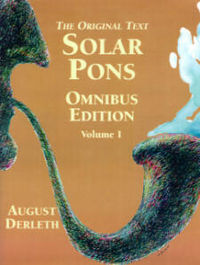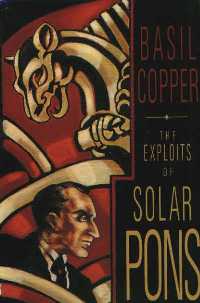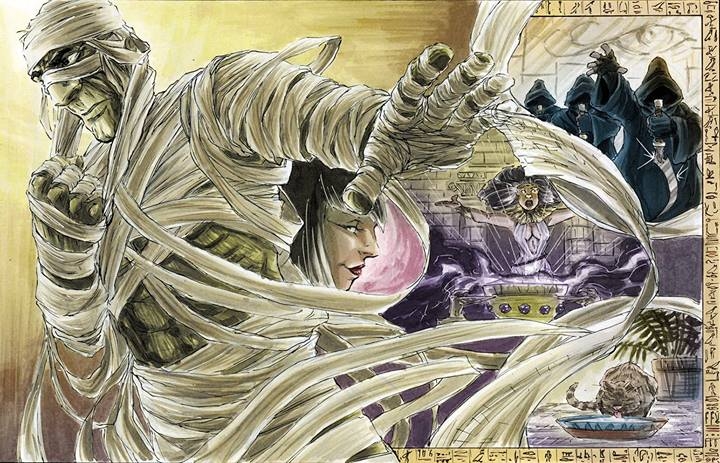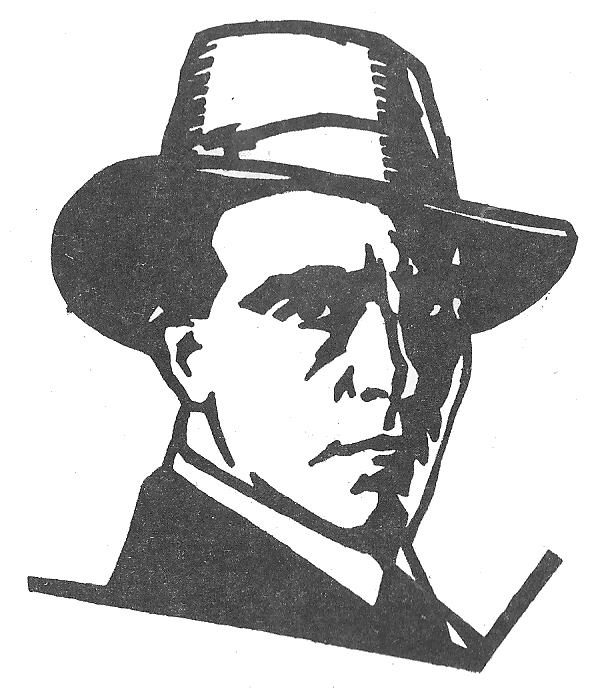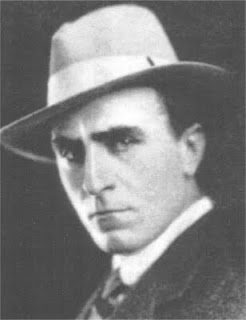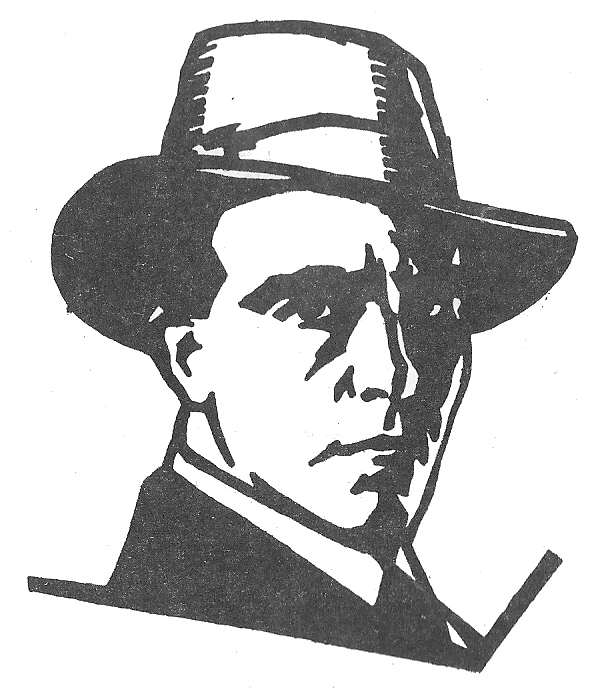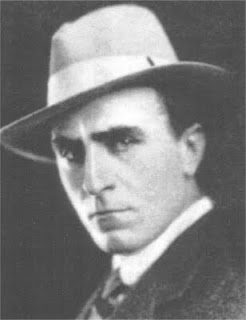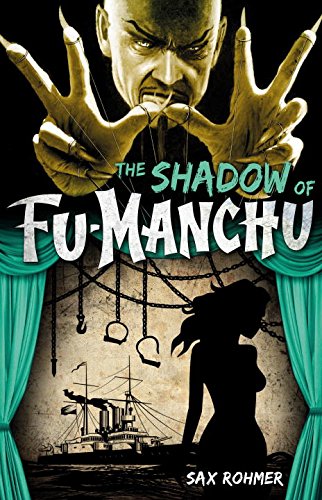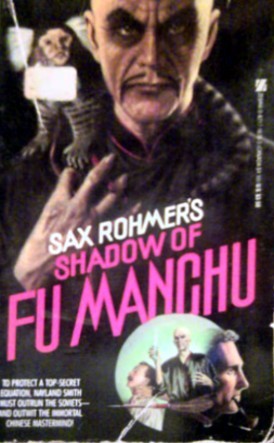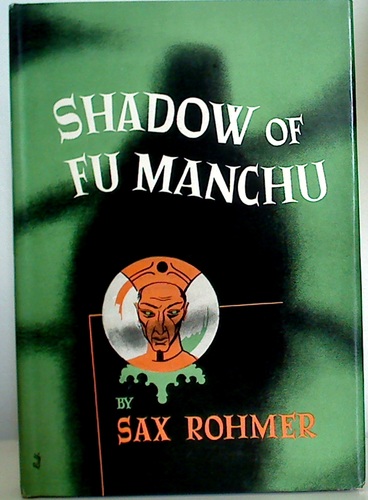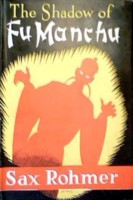Sax Rohmer at Towers of London

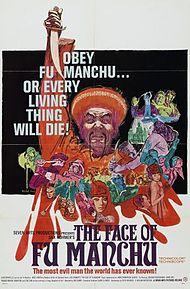 A couple weeks ago, I finally read Mr. Towers of London, the posthumously published memoirs of Harry Alan Towers, the unflappable veteran British radio/TV/film writer-producer with well over a hundred works to his credit. It wasn’t Towers’s first stab at writing his memoirs, but this final work was notable as his most personal.
A couple weeks ago, I finally read Mr. Towers of London, the posthumously published memoirs of Harry Alan Towers, the unflappable veteran British radio/TV/film writer-producer with well over a hundred works to his credit. It wasn’t Towers’s first stab at writing his memoirs, but this final work was notable as his most personal.
Anyone who actually knows major figures in the entertainment industry is likely aware of some of the salacious stories of debauchery, sometimes even criminal activity, that are never far from the surface. Towers’s memoirs are unique for being perhaps the most honest ever committed to print. If he pulls any punches or whitewashes any parts of his adventures, he can surely be forgiven for what he does dish out about himself and others.
That said, the most disappointing part of the book for me is that he tells the reader very little about his experiences as a writer. I would have loved to have understood more about the more private side of his profession as the book places all of the emphasis on his role as a producer. Today, he is unfairly remembered as the producer of genre films and exploitation fare. While that accounted for much of his output after 1960, he was also a respected writer-producer of family drama who frequently cast some of the biggest stars in Hollywood in his radio, TV, and film productions.
